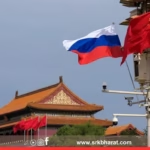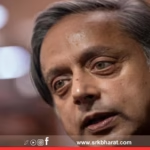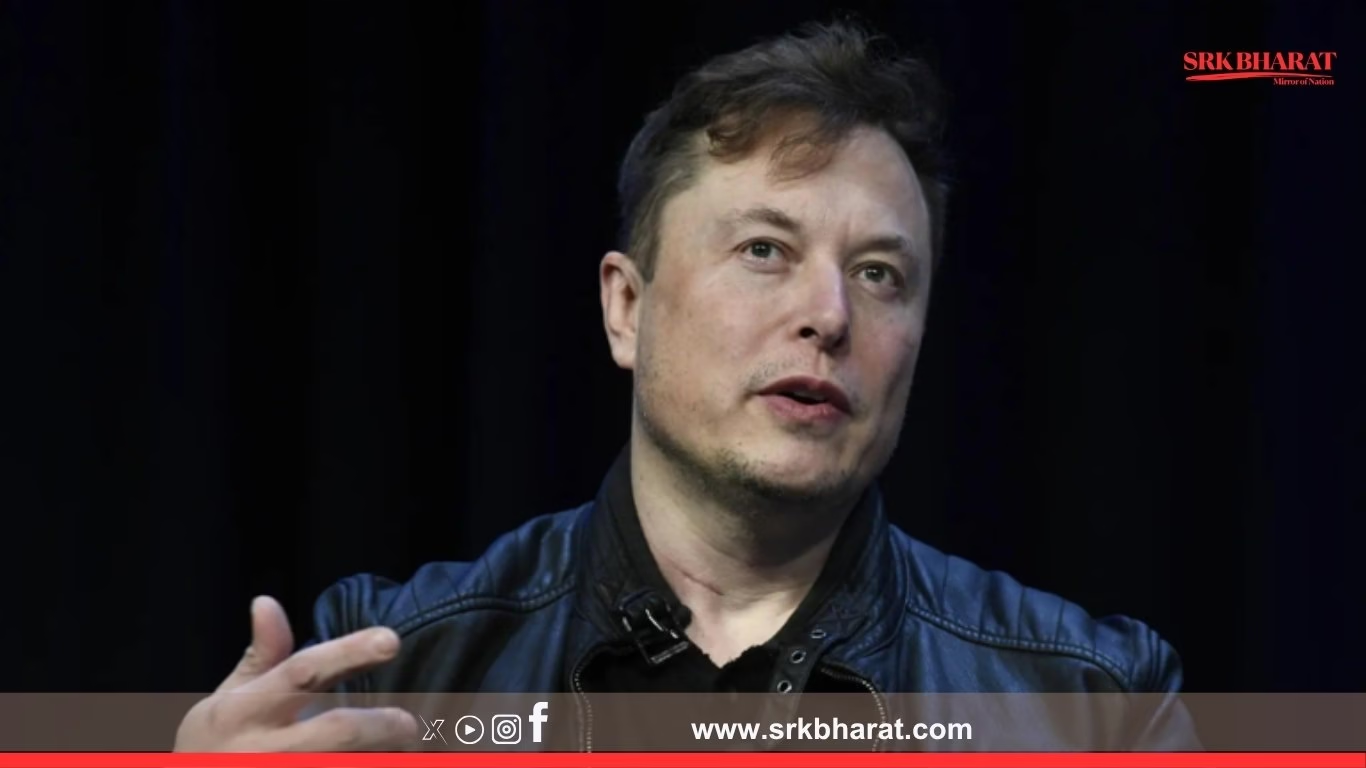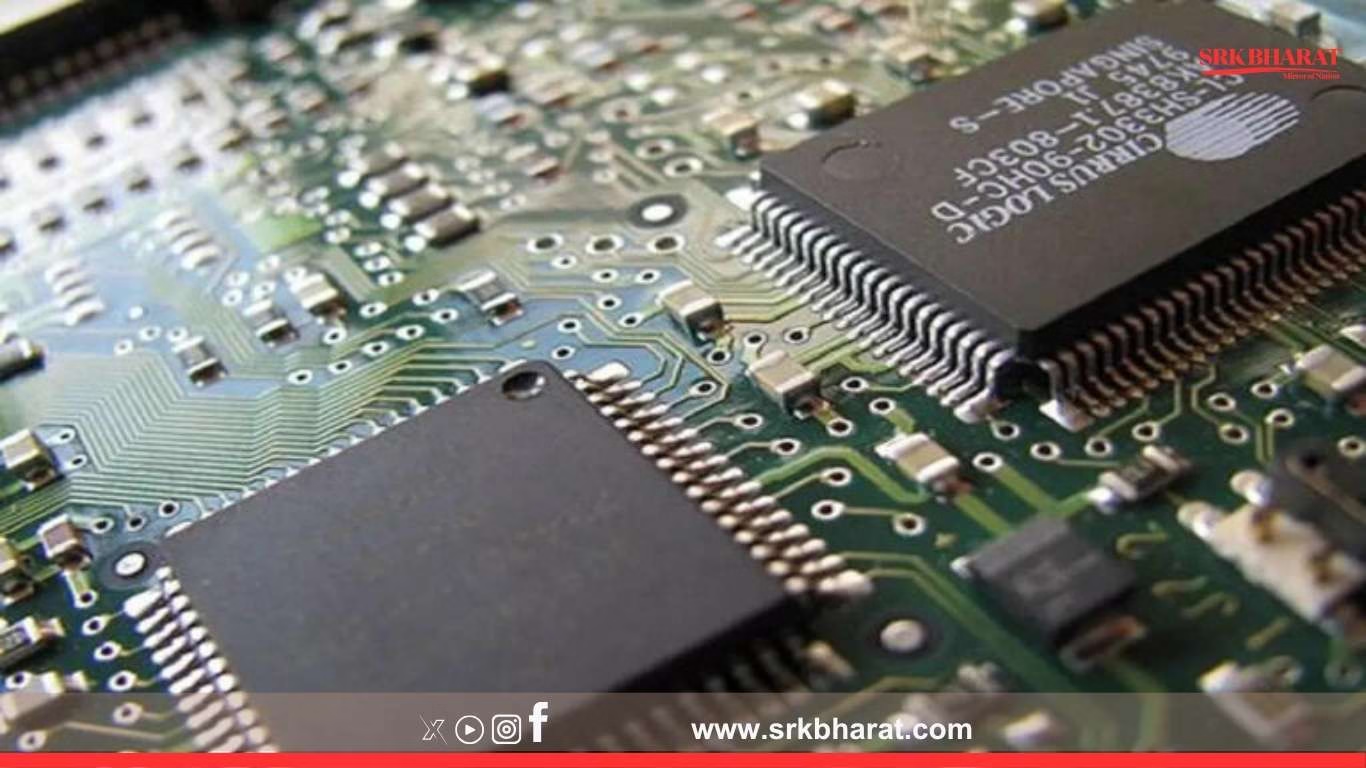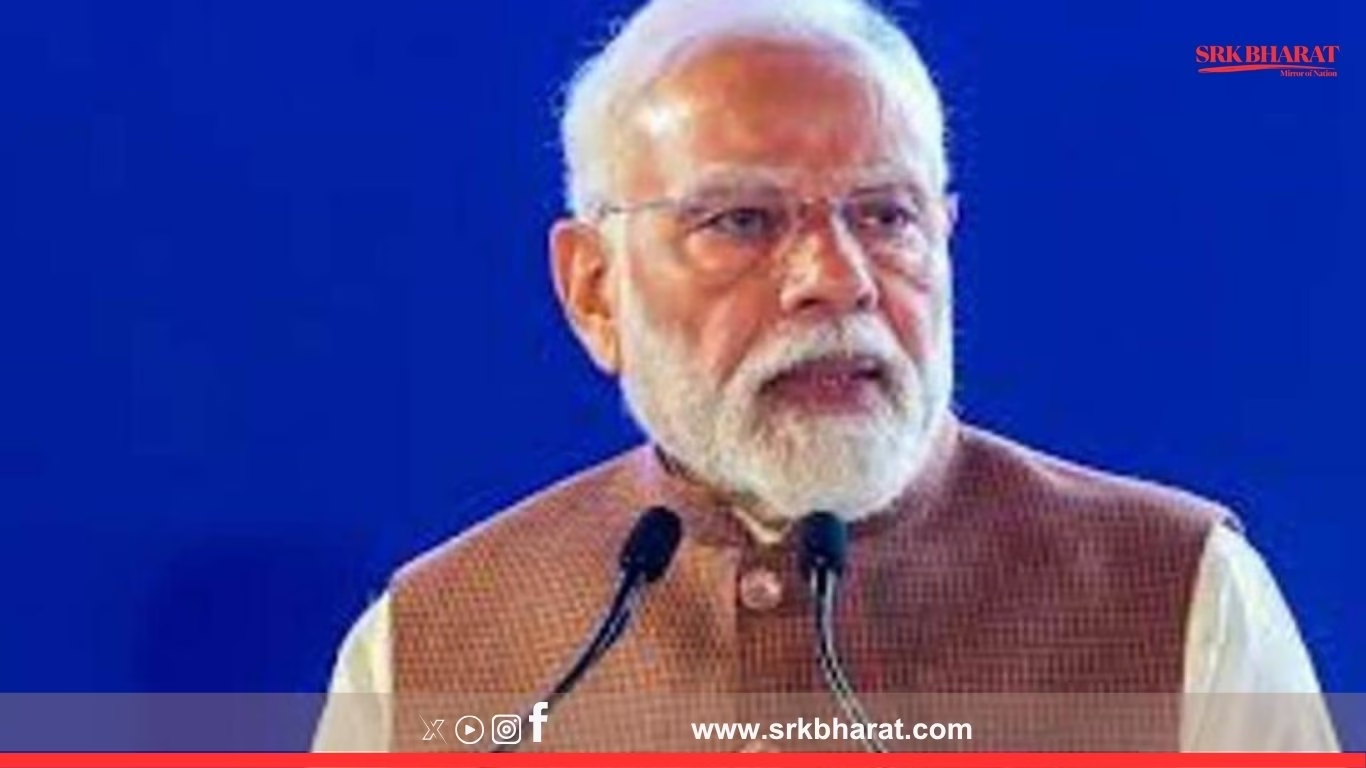Elon Musk’s satellite internet venture, Starlink, has inched closer to its long-awaited commercial rollout in India after receiving the crucial satellite authorisation from the Indian National Space Promotion and Authorisation Centre (IN-SPACe). This regulatory clearance marks a significant milestone in Starlink’s entry into one of the world’s largest underserved broadband markets.
Regulatory green light after a prolonged wait
Starlink, part of Musk’s SpaceX portfolio, had been awaiting various statutory approvals for years amid India’s evolving satellite communication policy landscape. The IN-SPACe authorisation now allows Starlink to deploy its Low Earth Orbit (LEO) satellite capacity to provide internet services, pending final license formalities from the Department of Telecommunications (DoT).
IN-SPACe, established under India’s Department of Space, regulates and promotes private sector participation in the space domain. Its approval for Starlink comes after thorough evaluation of satellite frequencies, orbital slot usage, and compliance with India’s national security and space policy norms.
Why India is critical for Starlink
India is among the top priority markets for Starlink due to:
- Massive rural connectivity gap: Over 40% of India’s rural population lacks reliable broadband access.
- High demand for LEO solutions: Traditional fibre and tower-based broadband remain unviable in remote regions.
- Government push for digital inclusion: PM Gati Shakti and Digital India programmes seek last-mile connectivity solutions.
Key features of Starlink’s India plan
| Parameter | Details |
|---|---|
| Technology | LEO satellite internet using SpaceX’s satellite constellation at ~550 km altitude |
| Expected speeds | 50–150 Mbps download speeds in initial rollout |
| Hardware | Starlink kit comprising satellite dish (terminal), Wi-Fi router, and mounting tripod |
| Target segments | Rural households, remote schools, defence zones, disaster-prone areas, maritime and aviation sectors |
Timeline of Starlink’s India journey
| Year | Milestone |
|---|---|
| 2021 | Began accepting pre-orders in India without regulatory approval, leading to DoT objections. Refunded all pre-orders. |
| 2022 | Hired Sanjay Bhargava as India head (later resigned). Began compliance discussions with DoT and IN-SPACe. |
| 2023 | Awaited satellite authorisation amid policy clarity delays. Rivals like OneWeb secured early approvals. |
| 2024 | Progressed licensing under India’s SatCom Policy draft. IN-SPACe evaluation and inter-ministerial consultations completed. |
| July 2025 | Receives IN-SPACe satellite authorisation; final telecom service license pending. |
Competitive landscape in India’s satellite broadband sector
Starlink will enter an increasingly competitive market with key global and Indian players readying their offerings.
| Player | Ownership / Partnership | Current Status |
|---|---|---|
| OneWeb | Bharti Global & Eutelsat JV | Licensed; gearing up for phased rollout. |
| Jio Satellite Communications | Reliance Jio & SES | Received license; plans hybrid geostationary + LEO services. |
| Amazon Kuiper | Amazon | Early stage market entry assessments underway. |
| Starlink (SpaceX) | Elon Musk | Final DoT licensing stage after IN-SPACe authorisation. |
Experts believe Starlink’s early mover advantage in LEO technology and its proven global deployment experience will help it quickly establish market share if pricing remains competitive.
Potential market impact
Starlink’s rollout will have multi-dimensional implications:
- Rural connectivity revolution: Schools, health centres, and gram panchayats will gain reliable high-speed broadband where fibre rollout remains unviable.
- Defence and maritime boost: Satellite broadband enhances border security surveillance, naval operations, and disaster relief communication.
- Digital divide bridging: Facilitates digital financial inclusion, e-governance, telehealth, and edtech penetration in remote regions.
- Industry ecosystem growth: Stimulates domestic manufacturing for satellite terminals under Make in India policies if Starlink localises production.
Challenges ahead
Despite crossing the satellite authorisation hurdle, Starlink faces multiple challenges in India:
- DoT licensing compliance: The Global Mobile Personal Communication by Satellite (GMPCS) license remains pending.
- Spectrum usage clarity: India prefers auction-based satellite spectrum allocation, unlike Starlink’s global regulatory practice of administrative allocations.
- Pricing strategy: Affordability will be crucial for mass adoption given India’s price-sensitive broadband market.
- Security and policy compliance: Data localisation norms, national security clearances, and potential restrictions on foreign satellite ground station operations.
Industry reactions
Rajeev Chandrasekhar, India’s Minister of State for Electronics and IT, recently noted that satellite broadband will play a transformational role in digital India, highlighting that the government is committed to facilitating global companies provided national security norms are met.
Telecom industry observers view Starlink’s entry as a catalyst for healthy competition, with an executive at a rival LEO firm stating:
“Elon Musk’s proven satellite deployment capabilities give Starlink credibility. However, spectrum pricing clarity and final DoT approvals will determine rollout speed.”
Starlink’s global footprint and Indian strategy
Globally, Starlink serves over 3 million users across 80+ countries, with strong uptake in underserved rural regions of the US, Canada, Brazil, Australia, and parts of Europe. In India, the company plans to collaborate with local ISPs, government agencies, and infrastructure providers to accelerate deployment post final license.
| Region | Approximate user base (2025) |
|---|---|
| North America | 1.2 million |
| South America | 0.5 million |
| Europe | 0.7 million |
| Asia-Pacific | 0.6 million |
Conclusion
The IN-SPACe authorisation marks a watershed moment for Starlink’s India ambitions. With over 50% of India’s population yet to access reliable broadband, satellite internet can bridge digital divides that fibre connectivity cannot. Final DoT license approvals and spectrum policy clarity will now determine how soon Musk’s Starlink dishes begin dotting Indian rooftops, heralding a new era for India’s connectivity landscape.
Disclaimer
This article is prepared for informative and analytical purposes for readers of business, technology, and policy news platforms. It is based on regulatory, industry, and market inputs as of July 2025. For official announcements, commercial decisions, and consumer offerings, please refer to respective government and company disclosures.



